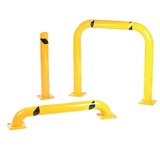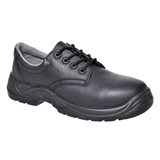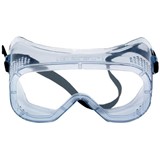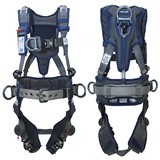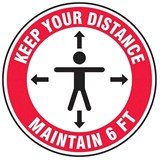The Work Health and Safety Roadmap for NSW 2022 is a six year plan to make the lives of NSW workers and business owners healthier, safer and more productive.
Under the vision ‘Healthy, safe, and productive working lives’, the Roadmap aims to reduce work-related fatalities by 20 per cent, serious injuries and illnesses by 30 per cent and serious musculoskeletal injuries and illnesses by 30 per cent through engaging and empowering workplaces to manage health and safety more effectively.
Executive Director of SafeWork NSW, Peter Dunphy said while NSW had made good progress towards meeting national safetytargets, the rates of work-related of injuries, illnesses and fatalities were still too high.
"Over the last ten years, fewer people are being seriously or fatally injured in NSW workplaces," Dunphy said.
"There has been a 49 per cent decline in fatalities and a 39 per cent decline in serious injuries and illnesses which can be attributed to a number of factors, including changing attitudes towards work health and safety, as well as the development of best practice, industry transformation and technological developments.
"But the number of workplace serious injuries and illnesses remain too high with 30,902 NSW workers harmed during 2015/16.
"And when we consider the economic cost of these injuries and illnesses, which at more than $17 billion or 3.7 per cent of gross state product, it’s clear that we must do more.
Dunphy said the Roadmap focussed on building the ability of businesses to better manage work health and safety.
"Over the next six years SafeWork NSW will develop and deliver a range of innovative initiatives in partnership with employers, workers, peak bodies, associations, and community leaders to protect workers and increase the competitiveness and confidence of NSW business," he said.
"This will be underpinned by a number of elements, including good safety practices supported by committed leadership, consultation, workers who look out for each other and safe design.
"We will implement targeted programs with high risk sectors, including agriculture, construction, health, manufacturing, government and transport.
"And through these and other programs we will seek to limit musculoskeletal injuries, mental health disorders and exposure to hazardous chemicals and materials.
"We are also committed to significantly reducing the number of injuries involving quad bikes, forklifts, machine guarding, working at heights and electrocution.
"These innovative programs will be developed through data driven insights and information sharing with stakeholders so that practical solutions to current work health and safety risks can be found."
Dunphy said NSW was the nation’s leading economy and it should have the country’s safest workplaces.



